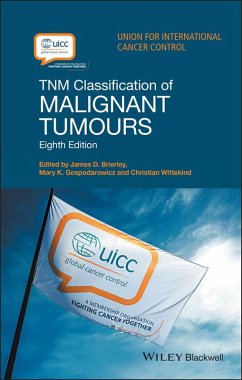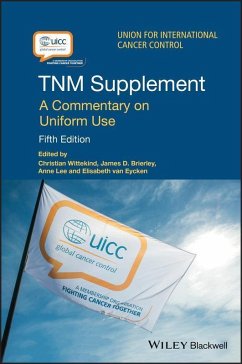
Intracranial Metastases (eBook, PDF)
Current Management Strategies
Redaktion: Sawaya, Raymond
Versandkostenfrei!
Sofort per Download lieferbar
190,99 €
inkl. MwSt.
Weitere Ausgaben:

PAYBACK Punkte
0 °P sammeln!
* This is the first comprehensive textbook on intracranial metastases in over 20 years with an update on current methods for their management, including the use of newer technologies. * Each of the various histological types of cancer metastasizing to the brain is presented separately in a detailed analysis and discussion. * This volume includes a consideration of the epidemiology of brain metastases and the quality of life in patients who have them. * Special topics not previously covered are reviewed, including metastasis to the skull base and strategies for preventing cancer from metastasiz...
* This is the first comprehensive textbook on intracranial metastases in over 20 years with an update on current methods for their management, including the use of newer technologies. * Each of the various histological types of cancer metastasizing to the brain is presented separately in a detailed analysis and discussion. * This volume includes a consideration of the epidemiology of brain metastases and the quality of life in patients who have them. * Special topics not previously covered are reviewed, including metastasis to the skull base and strategies for preventing cancer from metastasizing to the brain. * A novel feature is a chapter devoted to the use of recent techniques such as functional magnetic resonance (MR) imaging, MR spectroscopy (metabolite mapping), and dynamic susceptibility contrast imaging (regional cerebral blood volume mapping) to characterize brain metastases in terms of the sensorimotor perturbations they produce, their metabolic response to therapy, and their degree of vascularization, respectively.
Dieser Download kann aus rechtlichen Gründen nur mit Rechnungsadresse in A, B, BG, CY, CZ, D, DK, EW, E, FIN, F, GR, HR, H, IRL, I, LT, L, LR, M, NL, PL, P, R, S, SLO, SK ausgeliefert werden.












